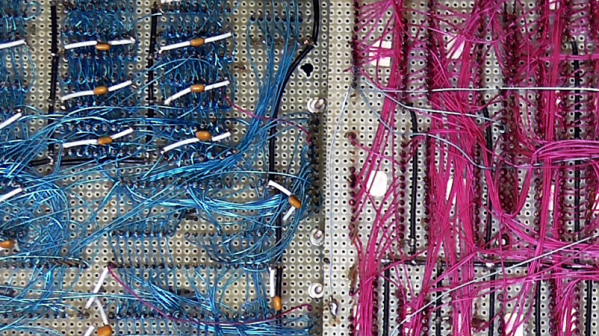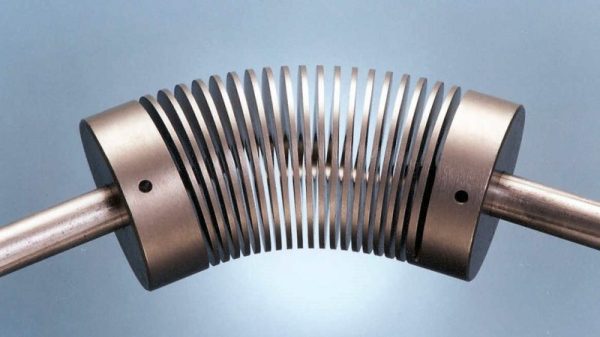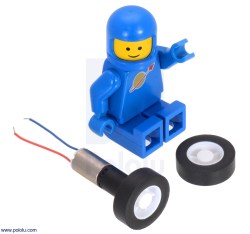The wonders of 3D printing don’t stop coming. Whether it’s printing tools on the International Space Station, printing houses out of concrete, or just making spare parts for a child’s toy, there’s virtually nothing you can’t get done with the right 3D printer, including spicing up your Halloween decorations.
Not only is this pumpkin a great-looking decoration for the season on its own, but it can also transform into a rather unsettling spider as well for a little bit of traditional Halloween surprise. The print is seven parts, which all snap into place and fold together with a set of ball-and-socket joints. While it doesn’t have any automatic opening and closing from a set of servos, perhaps we will see someone come up with a motion-activated pumpkin spider transformer that will shock all the trick-or-treaters at the end of this month.
It’s not too late to get one for yourself, either. The files are available on Thingiverse or through the project site. And we’ve seen plenty of other Halloween hacks and projects throughout the years too if you’re looking for other ideas, like the recent candy machine game, a rather surprising flying human head, or this terrifying robot.
















